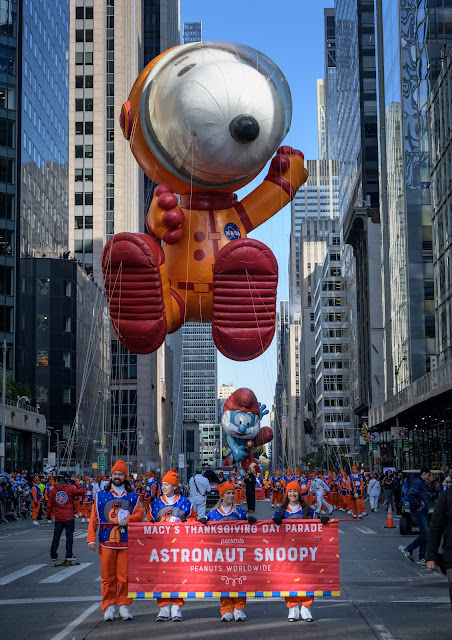SpaceX Falcon 9 Rocket Launch for NASA | International Space Station
NASA and SpaceX successfully launched the 26th commercial resupply services mission to the International Space Station. Launch of the SpaceX Falcon 9 rocket took place from Kennedy Space Center Launch Pad 39A at 2:20 p.m. EST on Saturday, Nov. 26, 2022.
While the International Space Station was traveling over the Pacific Ocean, the CRS26 SpaceX Dragon cargo spacecraft autonomously docked to the space-facing port of the station’s Harmony module at 7:39 a.m. EST, Nov. 27, 2022, with NASA astronauts Nicole Mann and Josh Cassada monitoring operations from the station.
The SpaceX Dragon spacecraft is carrying more than 7,700 pounds of research, hardware, and supplies to the International Space Station. After Dragon spends about one month attached to the space station, the spacecraft will return to Earth with cargo and research.
An international partnership of space agencies provides and operates the elements of the International Space Station (ISS). The principals are the space agencies of the United States, Russia, Europe, Japan, and Canada. The ISS has been the most politically complex space exploration program ever undertaken.
Credit: NASA's Kennedy Space Center (KSC)
Duration: 1 minute, 24 seconds
Capture Date: Nov. 26, 2022
#NASA #Space #ISS #SpaceX #Dragon #Spacecraft #Cargo #CommercialResupply #CRS26 #Astronauts #LaunchAmerica #Laboratory #Research #Science #Technology #HumanSpaceflight #KSC #Florida #UnitedStates #Europe #Russia #Japan #Canada #Expedition68 #STEM #Education #HD #Video



%20ThomasAppere.jpg)


















.jpg)